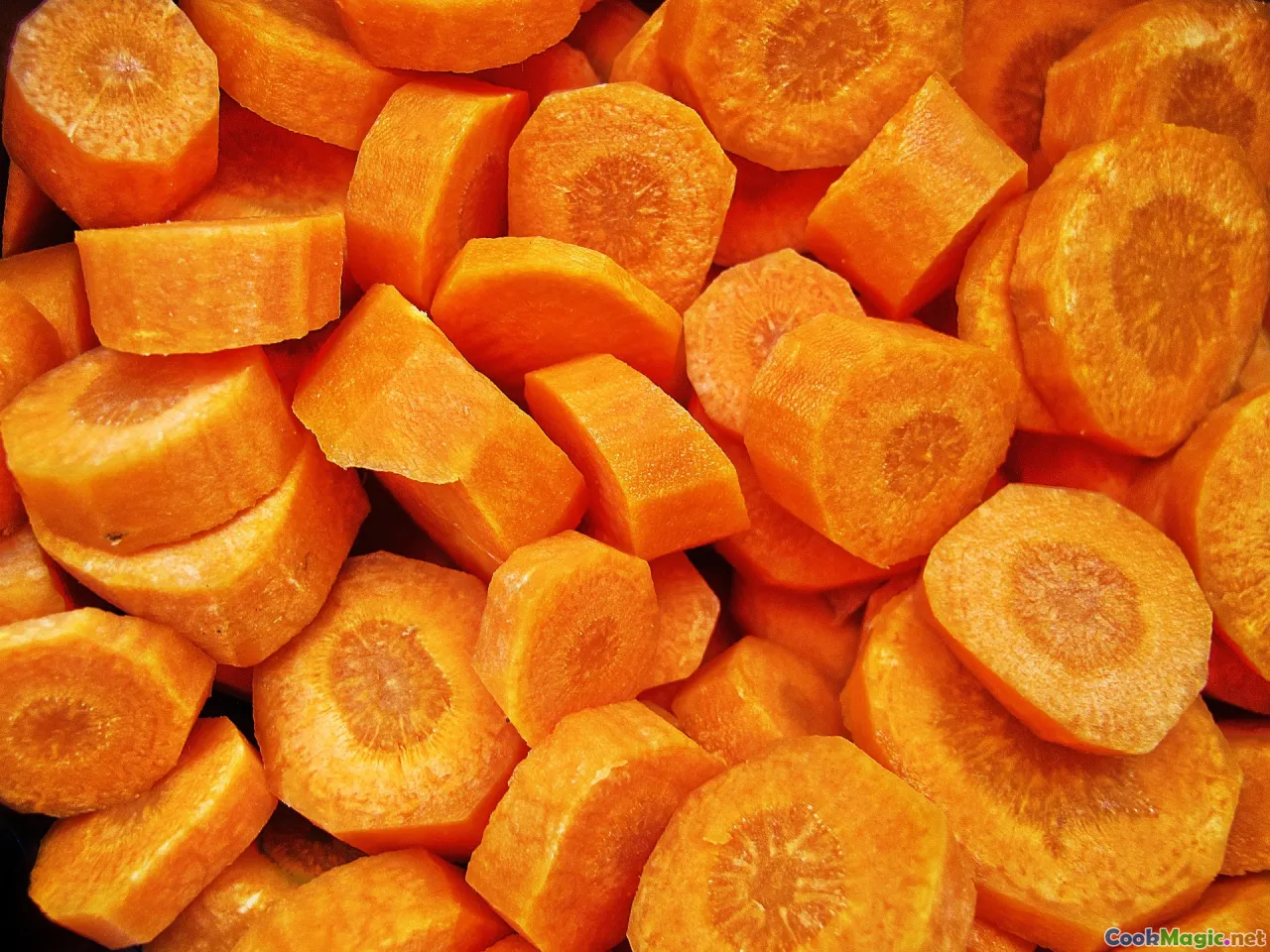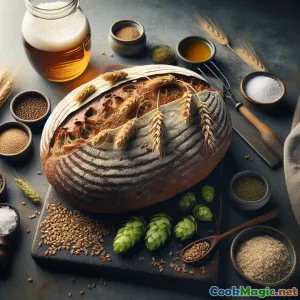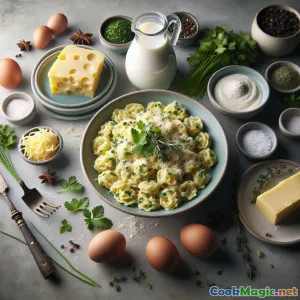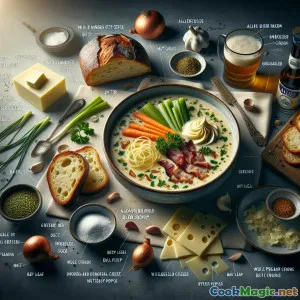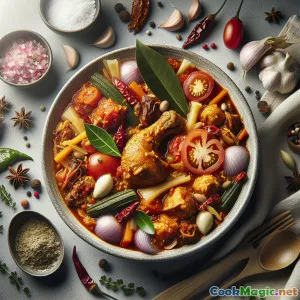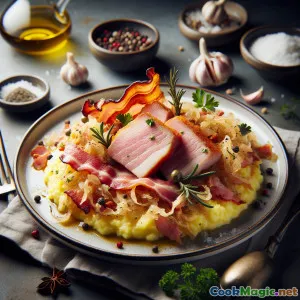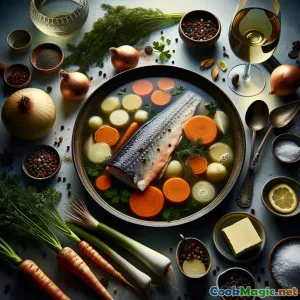
Caldo Rústico de Char Bavária com Raízes de Inverno
(Rustic Bavarian Char Broth with Winter Roots)
(0 Avaliações)0
1,039
julho 15, 2025
Reportar um problema
Ingredientes
-
500 grams Filés de salmão do Ártico
(Peito sem pele, sem osso, cortado em cubos de 3cm)
-
2 medium Cenoura
(Descascado e cortado em cubos)
-
2 medium Chuchu
(Descascado e cortado em cubos)
-
1/2 medium Aipo de raíz (raiz de aipo)
(Em cubos)
-
1 large Alho-poró
(Cortado limpo e em fatias finas)
-
2 small Batata
(Tipo ceroso, descascado e em cubos)
-
1 medium Cebola
(Finamente picado)
-
100 ml vinho branco seco
(Opcional para aprofundar o sabor)
-
1 liter Caldo de peixe
(Feito em casa ou com baixo teor de sódio idealmente)
-
2 tbsp Salsa fresca
(Picado finamente, para decorar)
-
1 whole Folha de louro
-
3 whole bagas de zimbro
(Levemente esmagado)
-
5 whole Pimentas-do-reino pretos inteiros
-
2 tbsp Manteiga
(para refogar legumes)
-
1 tsp Raspas de limão
(Ralada na hora)
-
to taste Sal marinho
-
to taste Pimenta-do-reino moída na hora
(Peito sem pele, sem osso, cortado em cubos de 3cm)
(Descascado e cortado em cubos)
(Descascado e cortado em cubos)
(Em cubos)
(Cortado limpo e em fatias finas)
(Tipo ceroso, descascado e em cubos)
(Finamente picado)
(Opcional para aprofundar o sabor)
(Feito em casa ou com baixo teor de sódio idealmente)
(Picado finamente, para decorar)
(Levemente esmagado)
(para refogar legumes)
(Ralada na hora)
Nutrição
- Porções: 4
- Tamanho da Porção: 1 tigela (300ml)
- Calories: 310 kcal
- Carbohydrates: 0 g
- Protein: 27 g
- Fat: 10 g
- Fiber: 5 g
- Sugar: 7 g
- Sodium: 760 mg
- Cholesterol: 55 mg
- Calcium: 72 mg
- Iron: 1.8 mg
Instruções
-
1 - Preparar Legumes e Peixe:
Corte as cenouras, o inhame, aipo e as batatas em cubos pequenos e uniformes. Corte o alho-poró em fatias e pique finamente a cebola. Corte os filés de char de Ártico em cubos de 3cm e seque-os com papel. Reserve.
-
2 - Refogar Aromáticos:
Em uma panela holandesa grande ou panela de sopa, derreta a manteiga em fogo médio. Adicione as cebolas e os alhos-porós; refogue até ficarem translúcidos, mas sem dourar. Misture as cenouras, pastinacas, aipo-rábano e batatas. Refogue por mais 5 minutos.
-
3 - Deglace e Tempere:
Despeje o vinho branco (se estiver usando) e use uma colher de madeira para raspar quaisquer resíduos dourados do fundo. Deixe o vinho reduzir por 2 minutos. Adicione folha de louro, bagas de zimbro esmagadas (se estiver usando) e pimentas.
-
4 - Cozinhe o caldo:
Adicione o caldo de peixe. Leve para uma fervura suave, depois reduza para um leve fervura. Cozinhe, com a panela semi tampada, por 20–25 minutos ou até que os legumes de raiz estejam macios.
-
5 - Cozinhar Char Ártico ao Poach:
Cuidadosamente adicione os cubos de truta-do-ártico ao caldo fervente. Cozinhe suavemente por 5–6 minutos, até que o peixe esteja apenas cozido e se desfaça facilmente, mas ainda esteja úmido.
-
6 - Finalizar e Servir:
Remova a folha de louro e as bagas de zimbro. Tempere o caldo com sal e pimenta-do-reino moída na hora a gosto. Sirva o caldo e o peixe em tigelas. Decore com salsa fresca e raspas de limão logo antes de servir.
Corte as cenouras, o inhame, aipo e as batatas em cubos pequenos e uniformes. Corte o alho-poró em fatias e pique finamente a cebola. Corte os filés de char de Ártico em cubos de 3cm e seque-os com papel. Reserve.
Em uma panela holandesa grande ou panela de sopa, derreta a manteiga em fogo médio. Adicione as cebolas e os alhos-porós; refogue até ficarem translúcidos, mas sem dourar. Misture as cenouras, pastinacas, aipo-rábano e batatas. Refogue por mais 5 minutos.
Despeje o vinho branco (se estiver usando) e use uma colher de madeira para raspar quaisquer resíduos dourados do fundo. Deixe o vinho reduzir por 2 minutos. Adicione folha de louro, bagas de zimbro esmagadas (se estiver usando) e pimentas.
Adicione o caldo de peixe. Leve para uma fervura suave, depois reduza para um leve fervura. Cozinhe, com a panela semi tampada, por 20–25 minutos ou até que os legumes de raiz estejam macios.
Cuidadosamente adicione os cubos de truta-do-ártico ao caldo fervente. Cozinhe suavemente por 5–6 minutos, até que o peixe esteja apenas cozido e se desfaça facilmente, mas ainda esteja úmido.
Remova a folha de louro e as bagas de zimbro. Tempere o caldo com sal e pimenta-do-reino moída na hora a gosto. Sirva o caldo e o peixe em tigelas. Decore com salsa fresca e raspas de limão logo antes de servir.
Mais sobre: Caldo Rústico de Char Bavária com Raízes de Inverno
Bavarian Char Broth with Root Vegetables: Story, Culture & Chef’s Notes
Bavaria—the emblem of southern Germany—may be best known for its breezy mountain landscapes, hearty Oktoberfest fare, and world-class breads. Yet, Bavaria is also a region where crystal-clear lakes meet alpine agriculture, inspiring some of Europe’s most honest, earthy soups. Among them, fish broths hold a timeless place, linking local fishmongers, mountain farmers, and village cooks who invented ways to elevate humble roots and lakeside bounty. Bavarian Char Broth with Root Vegetables seeks to channel those farmhouse traditions in a bowl.
History and Cultural Significance
The concept of turning lake fish into broth hails from rural necessity. In lakeshores like Chiemsee, char, trout, and pike were caught early and often. Root vegetables, perfectly suited for Bavaria's cool climate and rocky soil, could be stored through harsh winters. Home cooks developed broths to capture the essence of both—meals that were nourishing and restorative through winter, but elegant enough for a Sunday table.
While char is most notably fished in the icy lakes of the Alps, it has become symbolic of regional pride. The aromatic root blend mirrors the age-old customs that honored subtle sweetness and gentle earthiness. Traditionally, such broths ("Fischsuppe" or more specifically, "Saiblingseintopf" for char) were communal, served to warm hands and spirits alike.
Unique Aspects and Personal Chef Insights
• Char Flavor: Arctic char brings a luxurious, buttery flavor somewhere between trout and salmon, but a leaner texture and delicate flake ideal for broths—it never overpowers the roots and aromatics. • Root-Rich Base: Carrots, parsnips, celeriac, and potato create natural sweetness and depth, while leek and onion add a savory foundation. Celeriac in particular is a regional favorite, giving an unmistakable "Old World" note. • Juniper, Bay, and Wine Touches: A whisper of crushed juniper and dry white wine (a nod to the region's vineyards and forests) weaves complexity without crowding the palate. • Lemon Zest & Parsley: These finishing touches, though seemingly simple, are traditional methods to freshen up the deep flavors just before serving. They add brightness—and a hint of spring even in mid-winter.
Cooking Tips & Best Practices
- Stock Selection: Choose a high-quality, gently seasoned fish stock—homemade is best. A splash of white wine helps break up any fishiness, integrating earthier vegetable flavors flatly and evenly. Vegetable or chicken stock can substitute if needed.
- Poaching Fish: Bring the broth temperature down before poaching the char to ensure the cubes stay succulent and tender. Overcooking will lead to flakiness rather than pleasant firmness.
- Serving Variation: This soup craves a hunk of rustic rye or sourdough bread, and traditionalists might also stir in a handful of fresh garden herbs in the final moments for even more color.
Personal Reflection
As a chef, I find rich nostalgia in recipes like this. You can taste the careful stewardship—nothing wasted, everything celebrated. Today, this Bavarian Char Broth invites us to simmer down and prioritize soulful, wholesome food. The broth’s savory complexity and sparkling fresh finish, paired with the comforting weight of root vegetables, represent both togetherness and tenacity found in Alpine communities. It's an ideal winter lunch, first course, or a light but hearty weekend dinner, particularly when snow lines the trees outside your kitchen window.
Conclusion: Why You Should Try It
Bavarian Char Broth with Root Vegetables is equal parts historical homage and cozy, modern comfort. Every element—fish, root, leaf—contributes symbiotically to something both satisfying and refined. Let this hearty recipe become a new favorite on brisk days, whenever you crave both warmth and a taste of Europe’s lakeside heritage.



